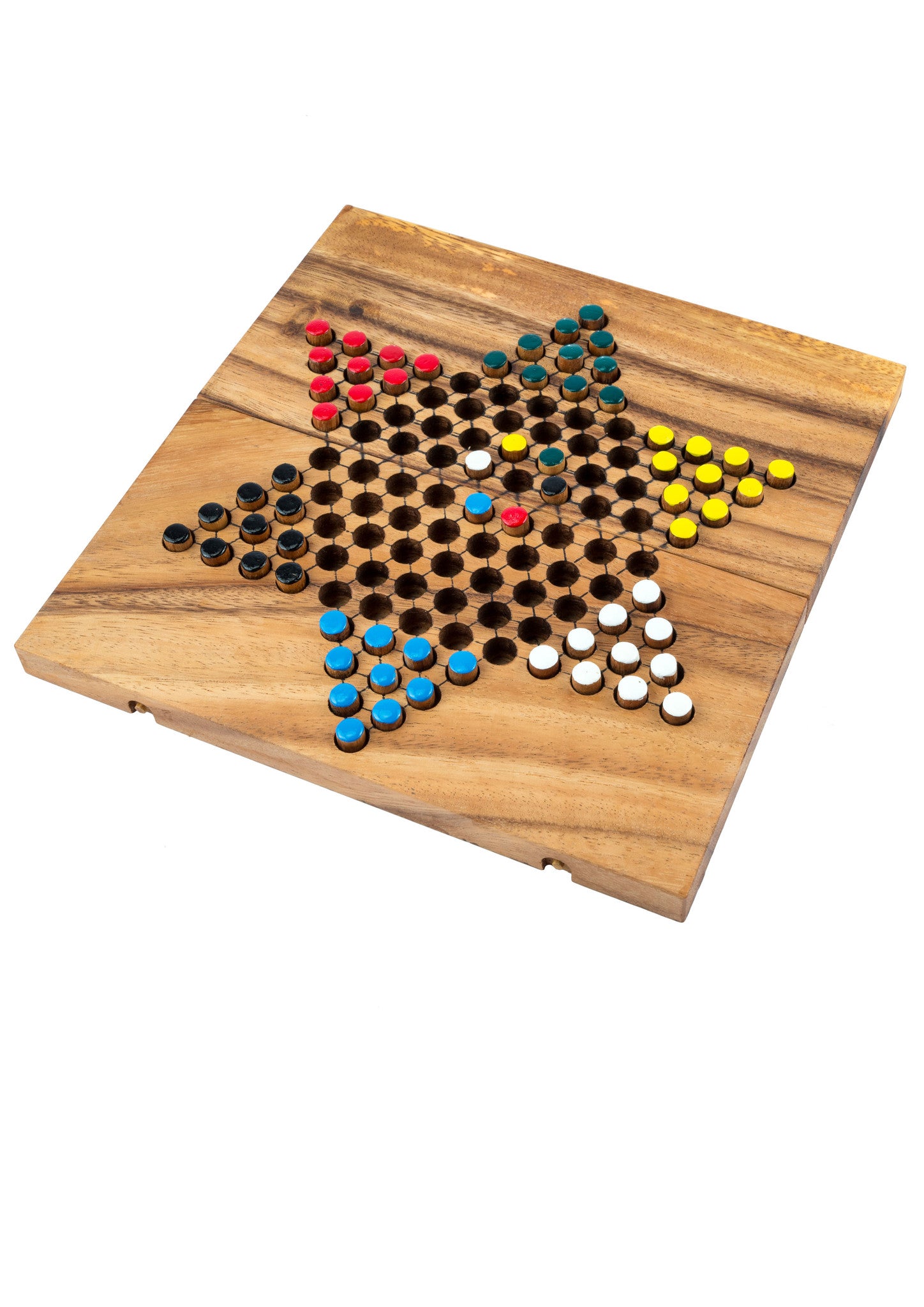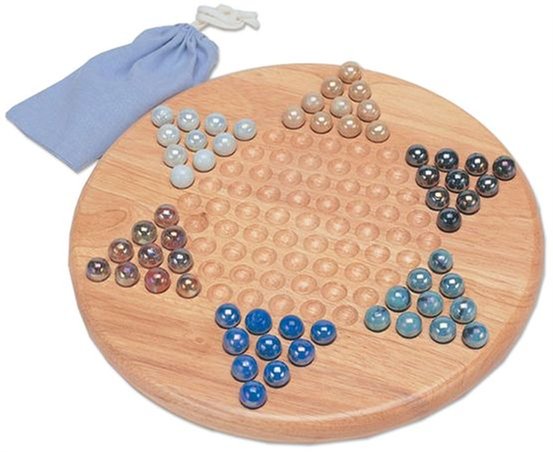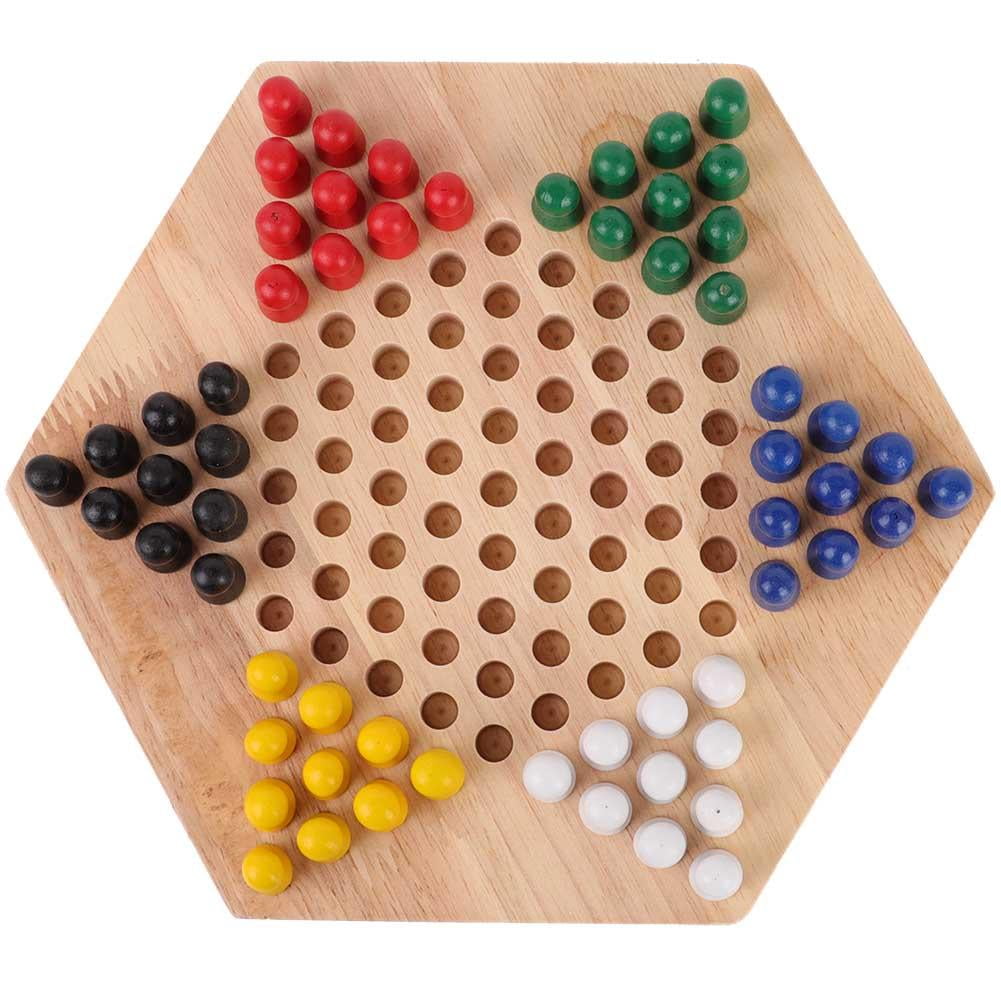

The simplest rule to prevent this strategy states that the player wins when all available spots are filled in the destination point. In fact, some players modify the basic rules of chinese checkers to prevent use of this strategy.

Generally speaking, this strategy is considered “unsportsmanlike”. Of course, the player using this strategy cannot win since they ultimately must move that marble across the board to score victory. They keep a marble in their home point to prevent their opponent from moving all their marbles into that point. Some players use a defensive strategy to prevent victory by their opponent.
#Strategies for chinese checkers for free
For practice, you can play for free here. By playing against a computer foe you will learn from watching its moves, as well as be challenged to play your best. Computer players usually move their marbles efficiently and logically, by analyzing future moves. The easiest and fastest way to learn to play chinese checkers well is to play practice games against a computer opponent.

You have to count on your skill, prediction, strategy. Improve your skills by practicing against computer opponents Chinese Checkers has been one of the most popular and brain-racking games in the history of board games. Always look to jump your last marble forward so it doesn’t get left behind. Generally you will find that you will have more jumping opportunites and will advance faster this way. When advancing your marbles, move them as a group. Each triangle is a different colour and there are six sets. The interior of the board is a hexagon with each side five holes long. Each point of the star is a triangle consisting of ten holes (four holes to each side).

The Chinese Checkers board is in the shape of a six pointed star. This marble may be moved one space outward or, more commonly, inward toward the center of the board. Figure 1: Chinese Checkers with Wooden Board or Paper Board. The star shape and bold colors make this game an ideal centerpiece for coffee tables and home shelves.If you watch good chinese checkers players or computerized chinese checkers players, you wil notice that they almost always start the game by moving one of the two marbles located at the ends of the front row. Our Chinese Checkers Board is designed to fold in half, holding all pieces inside when not in use. Once the board is filled with numerous pieces, you might get lucky with a mega-move that propels you across the board! Players use single-step moves, or moves that jump over other players’ pieces for an extra step. All pieces must be in your home corner to win. Players race all of their pegs across the hexagram-shaped board and into their "home base" - the opposite corner from where they started. Though the name has varied, the rules haven’t changed much over the years. The rules are so simple that even young children can play, but there is enough strategy to make the game complex for more advanced players. I'll occasionally refer to a piece's placement by its number. So, Black's back row is numbered 1-4, while White's back row is numbered 29-32. These squares are numbered from 1 to 32, starting on the Black side of the board. Somehow, the name stuck!Ĭhinese Checkers can be played by two, three, four, or six people, playing individually or in groups. In case you're not aware, a numbering system is used to identify the black checker squares. You’re not hallucinating here - despite its name, Chinese Checkers is not a variation of checkers, nor did it originate in China or any part of Asia. The game was a variation of the even older American game called Halma. A beloved, centuries old strategy game, Chinese Checkers was actually invented in Germany in 1892 under the name Stern-Halma.


 0 kommentar(er)
0 kommentar(er)
